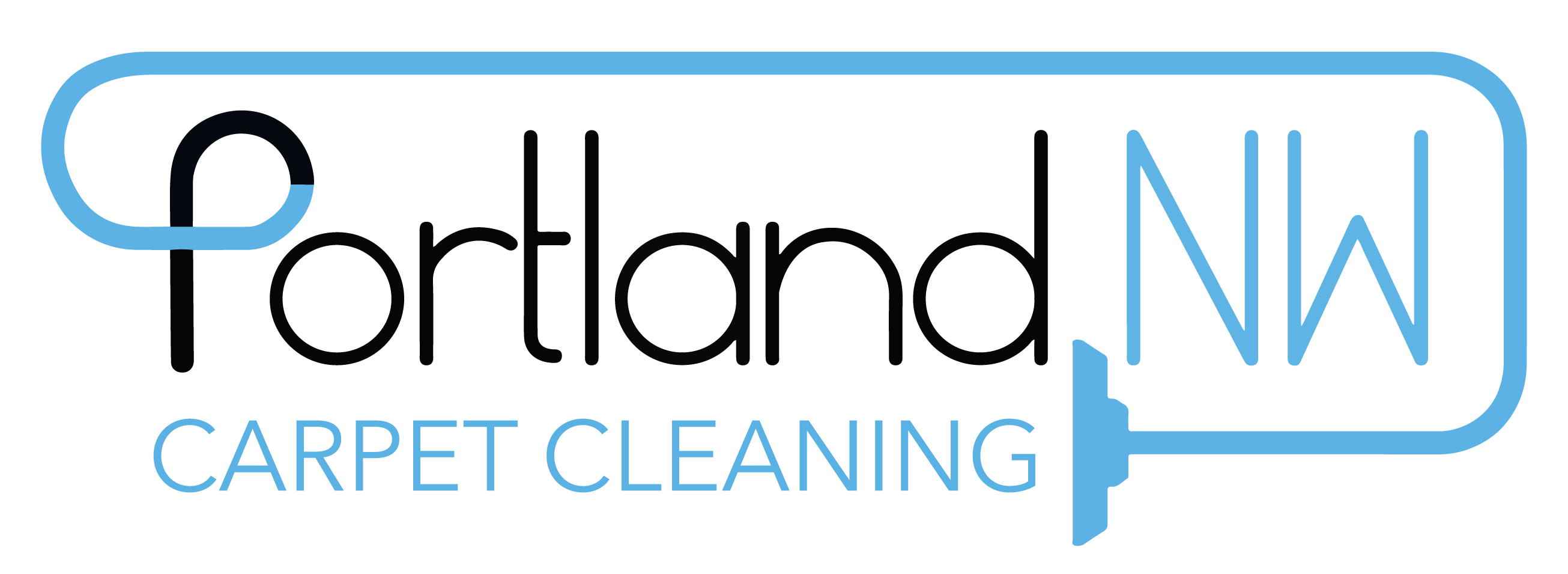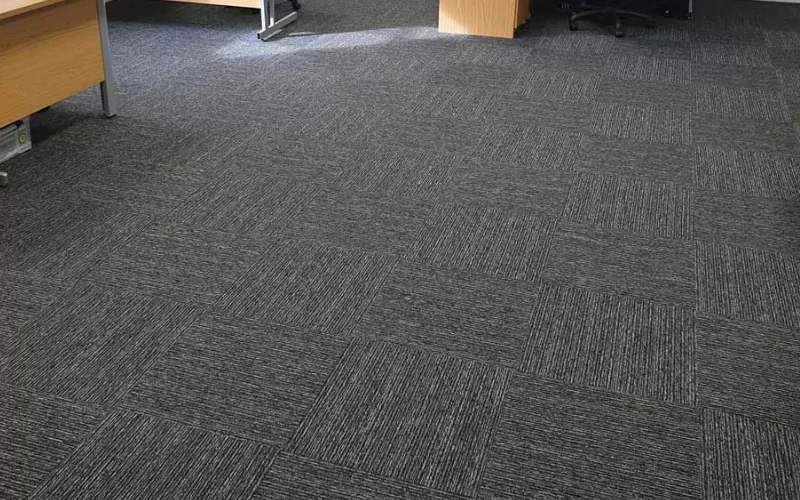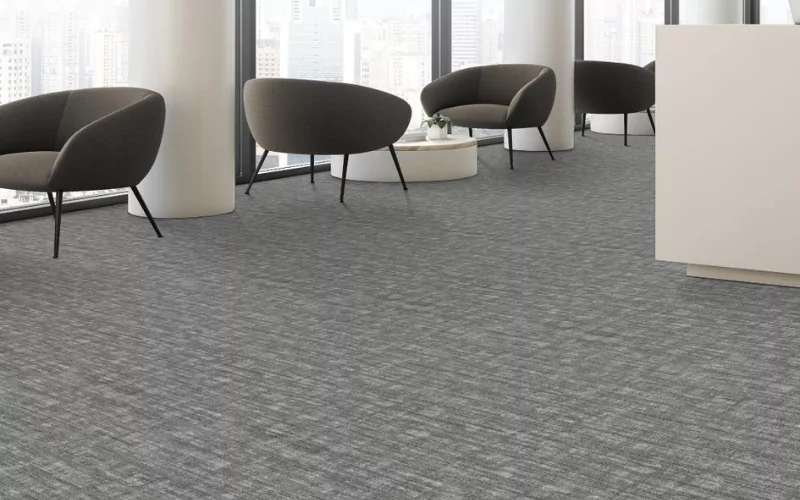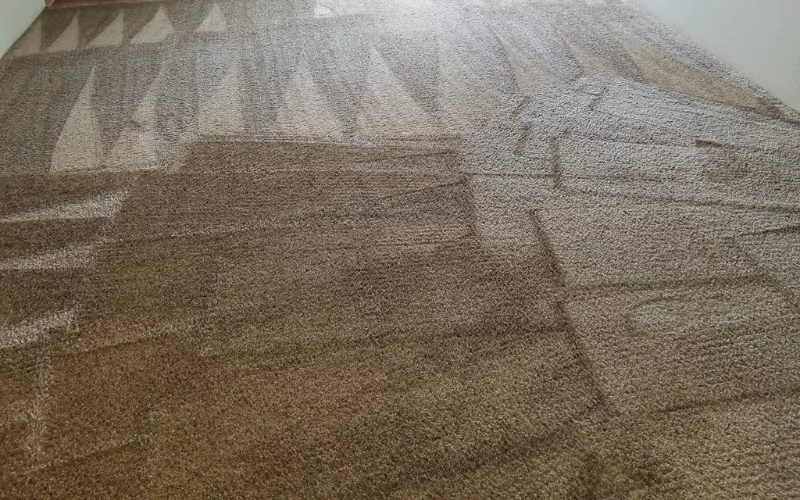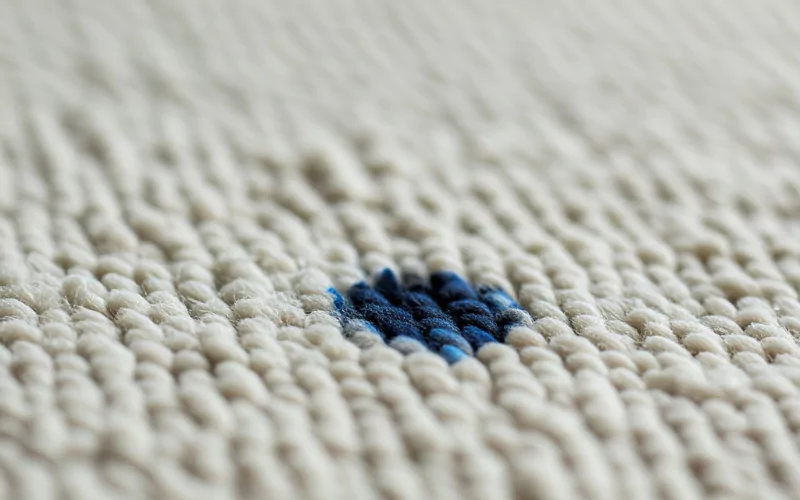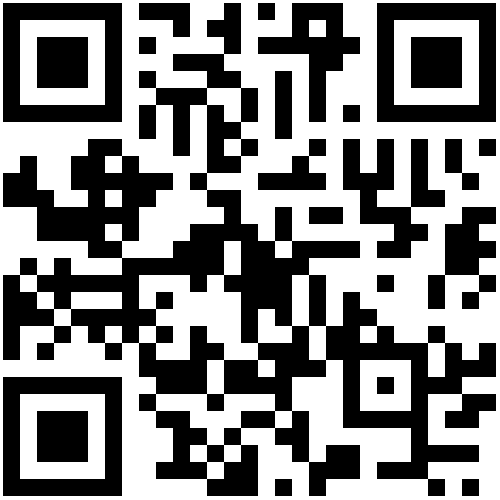A well-maintained commercial carpet enhances the professional appearance of any business space. But over time, even the most durable carpets can show signs of wear and tear.
One common issue that often goes unnoticed is the need for carpet restretching. From wrinkles and ripples to uneven surfaces, a poorly stretched carpet not only looks unprofessional but also poses safety risks to employees and customers.
Thus, in this blog, we will explore the key signs your commercial carpet needs restretching services so that you can help maintain a safer and more aesthetically pleasing environment in your commercial space.
4 Signs that Indicate your Commercial Carpet Needs Restretching
1. Wrinkles or Lumps
Wrinkles or lumps are one of the major carpet problems. As time goes by, the carpet fibers can loosen from their original tight fit, creating ripples or lumps across the surface.
These wrinkles not only detract from the professional look of your commercial space but can also create tripping hazards, putting employees and customers at risk.
Some of the most common causes of carpet wrinkles or lumps are:
→ Improper Installation: If your carpet wasn’t stretched properly during its initial placement, it can, over time, shift and lead to wrinkles or lumps.
→ Heavy Foot Traffic: In busy commercial spaces, constant foot traffic can push the carpet out of its original position, causing the fibers to loosen and buckle.
→ Dragging Heavy Furniture: Moving or dragging heavy furniture across the carpet without lifting it can create distortions in the carpet fibers, resulting in carpet wrinkling.
2. Loose Edges
Loose edges are also a crucial indicator of carpet restretching services. With time the edges of the carpet can start to lift away from the walls or from where you’d initially secured it.
As a result, this leads to visible gaps along the perimeter. One of the most common reasons behind loose edges is the carpet aging factor. As carpet ages, the material breaks down and loses its elasticity. This natural wear can cause the edges to lift as the fibers and backing become weaker.
3. Ripples and Bumps
Loose ripples and bumps – these irregularities often occur due to slack in the carpet. This, in turn, leads to uneven surfaces that severely affect the carpet’s appearance.
Additionally, when carpets are no longer taut, they begin to form visible waves or humps across the floor, disrupting the smooth, professional look of the space. Environmental factors like humidity, moisture, and temperature fluctuations are often responsible for ripples and bumps, for they can cause the carpet material to expand and contract.
4. Carpet Feels Spongy
Sponginess on a carpet typically occurs when the carpet loosens from its original position and ends up creating an uneven surface that lacks the firmness it once had.
Carpet padding plays a major role in creating the sponginess on the carpet surface. The padding beneath the carpet can wear out or become damaged over time, leading to uneven support. This breakdown can make the carpet feel softer or more flexible than usual.
When you notice your commercial carpet feels spongy, it’s a strong indicator that restretching is needed to restore its firmness, prevent further damage, and ensure a safe walking surface.
Final Thoughts!
With time, carpets often lose their overall structure in firmness and show signs of ripples, wrinkles, bumps, and many more. While such issues are common, especially in older carpets, it is essential to recognize them on time and restretch your carpet.
Restretching not only improves the appearance of your carpet but also extends its lifespan and enhances safety within your business environment.
